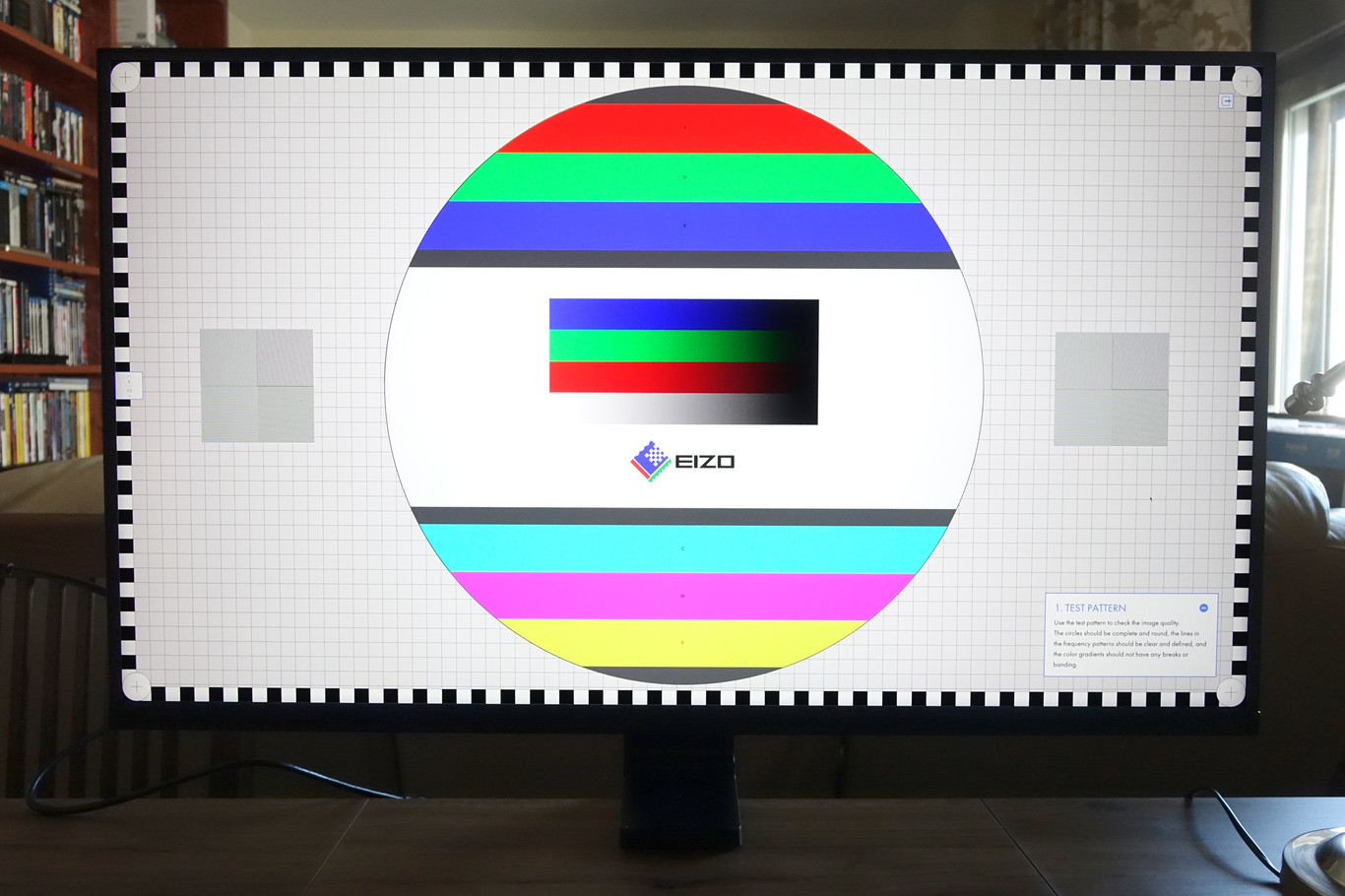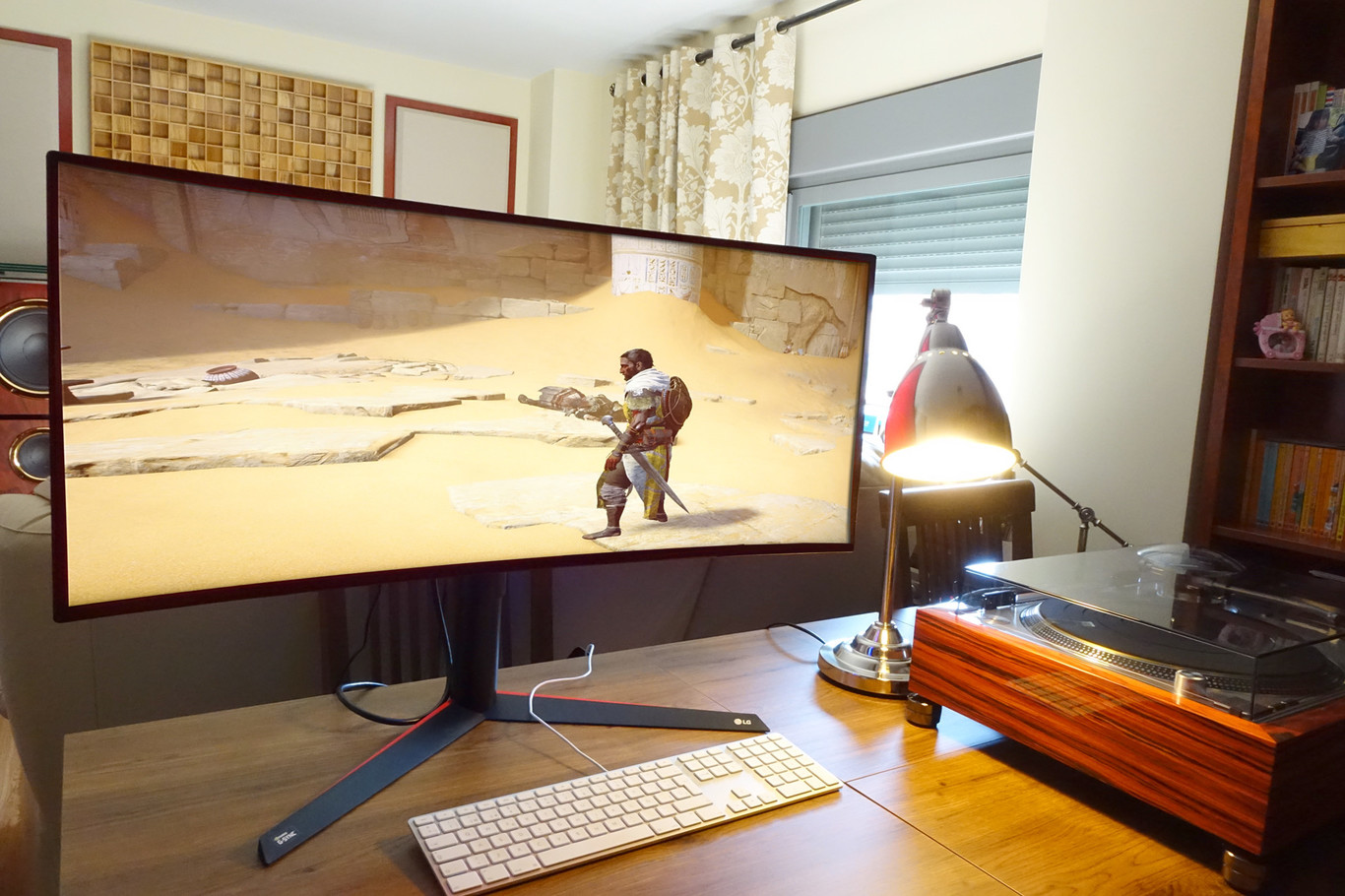
We are going to explain what FPS or frames per second are, and what they are for in video games. Surely, when choosing a graphics card or reading about video consoles or some games, you end up finding the term FPS as a unit of measurement. But what exactly does it measure and how does it affect games?
We are going to start by explaining what exactly FPS is, and then we will continue talking about its effects when playing video games. We will try to explain everything to you in a simple way and without technical terms so that nobody has problems understanding it.
What is FPS

FPS stands for Frames per second or Frames per second, although we can also refer to them as Frames per second or Images per second. When talking about these figures, we refer to them as the framerate of a video game. And as its name indicates, it is the number of consecutive images that are displayed on the screen every second while we play.
When you’re watching a video, what you’re seeing is a sequence of frames going by at high speed to give the impression of movement. What you see are still images running back to back, though they flash by so fast you catch it as constant motion. This speed at which the images pass is determined by the FPS.
The human brain is capable of processing between 10 and 12 separate images per second, and still be able to perceive them individually. This means that from those 12 fps, you will begin to see a photo achievement as a moving image. At least in general, since the threshold of human vision varies between individuals, and this perception may be somewhat different for some people.
Although currently, in the field where this term is given the most importance is that of video games, for several decades it has also been something fundamental in cinema. You will have noticed this when you watch old movies in black and white since they were filmed at a fair FPS so that the brain has the sensation of movement, and then in the projections they were asked to go faster so that there was a more sensation of fluidity.
Currently, conventional cinema films are recorded at around 24 FPS and digital cinema at 30 FPS or more. There are films in which 48 FPS has been experimented with, which in theory would offer more fluid sequences, especially in the lateral and vertical movements of the cameras, as well as an increase in sharpness in the movements of objects on a static background.
However, many viewers found the sequences to have a strange and contrived look, detracting from the “cinematic feel” and making the film look like a music video. Come on, it looked less like a movie and more like a video clip.
In any case, with this example, I only want to tell you that the amount of FPS can be good or bad depending on the context. In the world of video games specifically, the more FPS a console is capable of offering you, the better, especially if there is no drop in that framerate at specific times, something very annoying.
What is FPS used for in a video game?

When you are playing a video game, the image frames are rendered in real-time by the GPU or graphics card of your console or computer and are instantly displayed on the screen where you watch the game.
When there are a lot of fps in a game, the movements that happen on the screen look more fluid and you have more information about everything that is happening at that moment. Therefore, the higher the framerate, the better the game will look in motion.
There are times when a game has a good framerate, at specific moments with many elements moving on the screen it can suddenly decrease, causing everything to go much slower for a few seconds or even jerks.
This is the precise reason why FPS is so important in the gaming world, especially when you are playing genres like shooters or playing online. If you have a good constant framerate, everything will be fluid and almost in real-time, while if the framerate drops you will get less information about what is happening every second, and that can make the difference between life and death in the game.
For example, when you are playing an online shooter such as Fortnite, you will see that everything happens very fast on the screen and you need to have good reflexes and act quickly and skillfully. Regardless of the FPS that your PC or console can display, you will always see the same on the screen. The difference is in the fluidity, which will be greater with higher FPS, and will allow you to react sooner.
Another important factor why more FPS is better is being able to deal with possible framerate drops. If you have a game at 60 pdfs but there is some point loss, you may not notice it much. However, if you’re playing at 30fps and there is a drop of around 24fps, you may start to notice motion becoming jittery and may stutter.
One of the biggest challenges of the next generation of consoles is to maintain and improve the fps rate of games while increasing resolutions. Machines like the future Xbox Series X promise support for 120 fps, although most users are satisfied with the fact that they can count on a stable 60 fps throughout the game, and without performance drops.
Finally, do not confuse the frames per second with the refresh rate in the hertz of a screen, which refers to the speed, or number of times per second that the screen is updated. For example, a 60hz TV or monitor will be able to display 60 frames in a second, a 120hz one will be able to display 120 frames in a second.
In this sense, the ideal is for a monitor to always work at the same refresh rate as the FPS at which it sends the signal. In this way, if we play at 60fps and the monitor is refreshed at 60 Hz, we will be seeing a more fluid image in which each time the screen is refreshed, a different image will be displayed.

Sharlene Meriel is an avid gamer with a knack for technology. He has been writing about the latest technologies for the past 5 years. His contribution in technology journalism has been noteworthy. He is also a day trader with interest in the Forex market.











